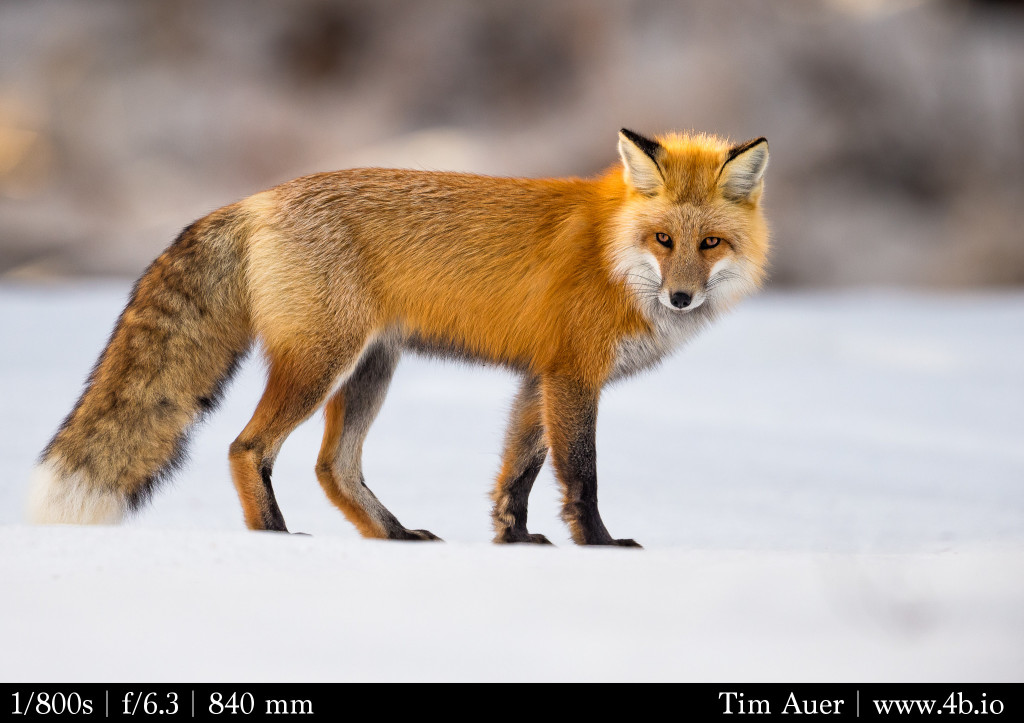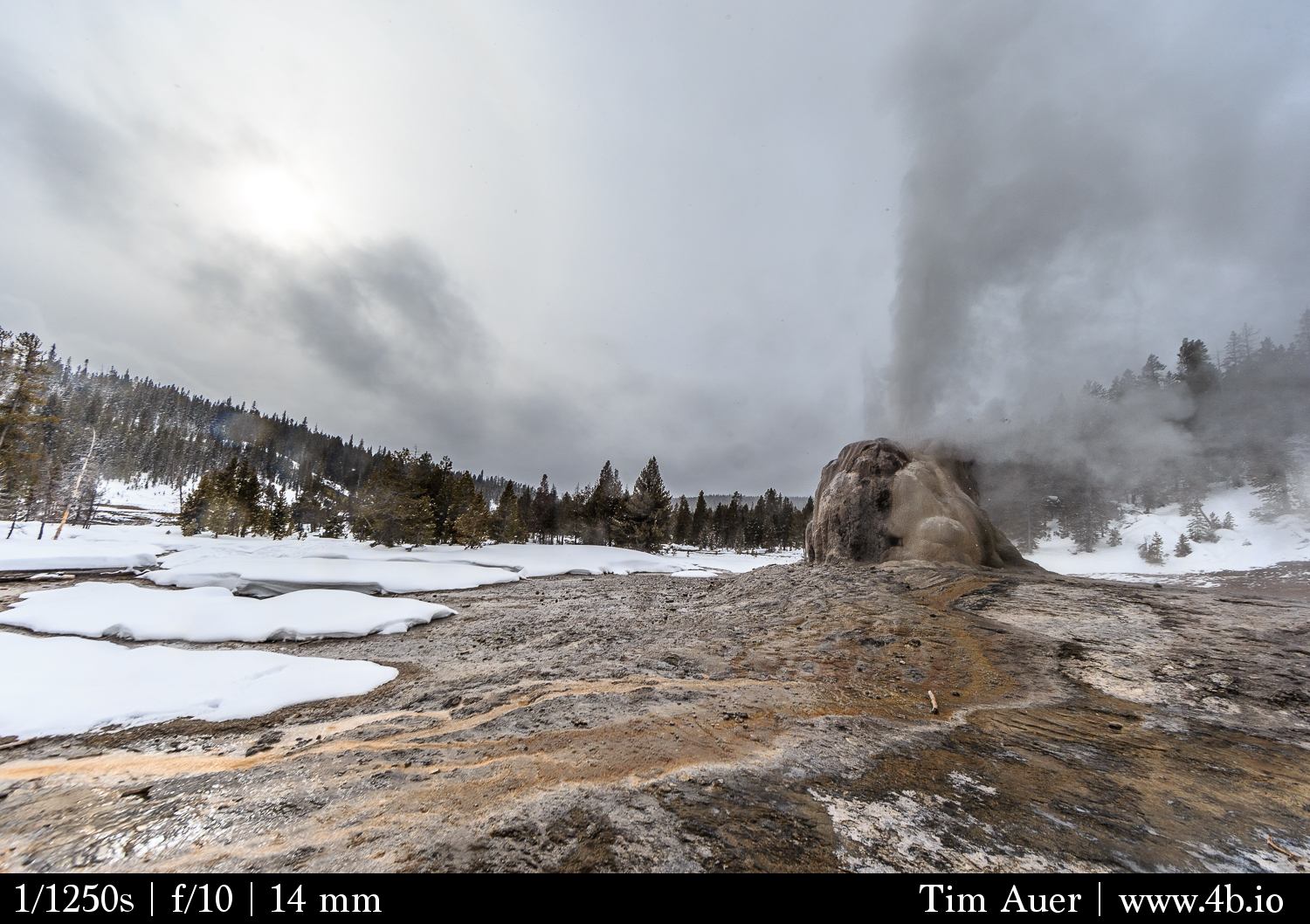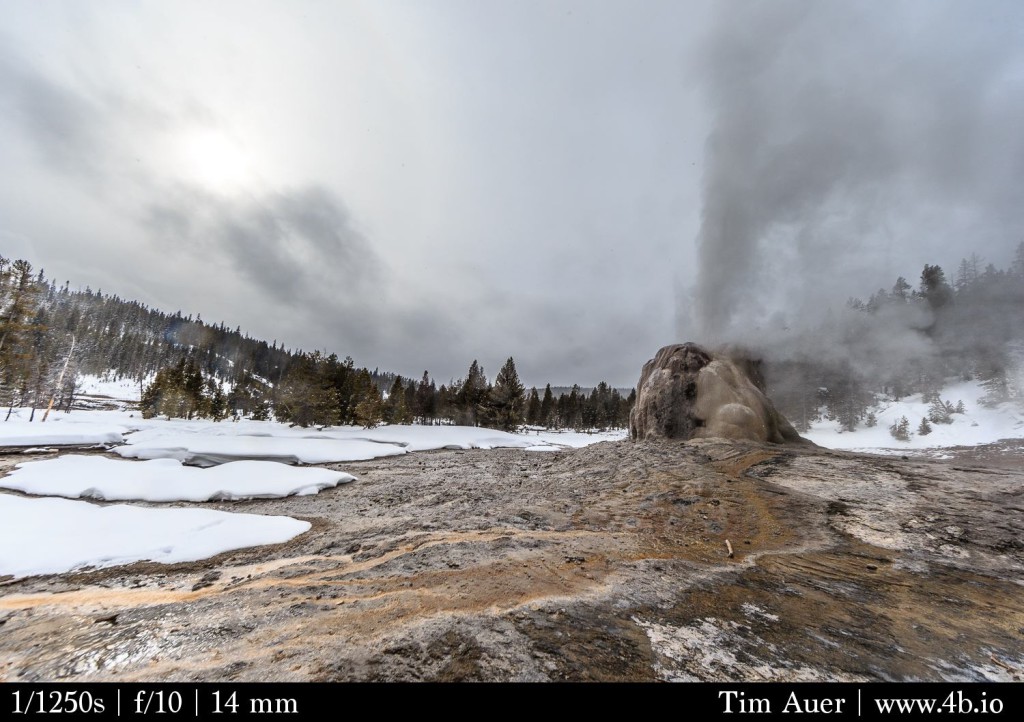Introducing McNeil River
NOTE: All photos posted here were taken in Katmai NP
McNeil River State Game Sanctuary and Preserve is internationally recognized as being the world’s premier brown bear viewing destination because of its uniquely high concentration of bears living within their natural environment (Sellers and Aumiller 1993).
Created in 1967, this game sanctuary, managed by the Alaska Department of Fish and Game, has the stated goal to “provide permanent protection for brown bears and other fish and wildlife populations and their habitats, so that these resources may be preserved for scientific, aesthetic, and educational purposes” (Schempf and Meehan 2008:3).
In other words, in McNeil the bears come first. Period.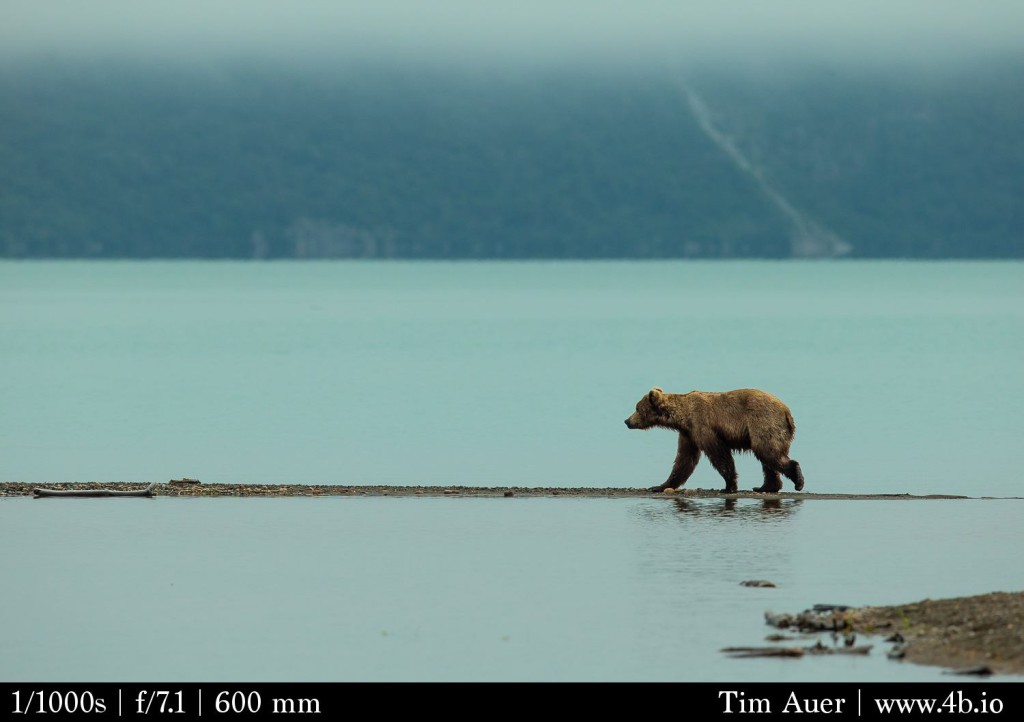
This mission statement is consistent with the mission statements of other ecologically significant parks across North America (such as Yellowstone, Glacier, Canadian Rockies, and even Katmai). For example mission of Glacier NP is stated as follows:
“To provide opportunities to experience, understand and enjoy the park consistent with the preservation of resources in a state of nature” – NPS.gov
A difference between parks like Yellowstone and Glacier and McNeil River is that the management responsible for McNeil River has taken drastic steps to enforce their vision. In 1973 it was determined that human visitation to the preserve was adversely impacting the bear population. In response, the Alaska Dept. of Fish and Game established a strict permit lottery to limit human visitation (Faro and Eide 1974). The bears have responded positively, and the lottery has become more and more competitive each summer.
At any given time, only ten visitors are allowed in the viewing areas of McNeil River Preserve, which has an area of 6000 mi^2 and is 500 mi^2 larger than the state of Connecticut.
10 people, dropped in the Alaskan bush by float plane, spend 5 days in t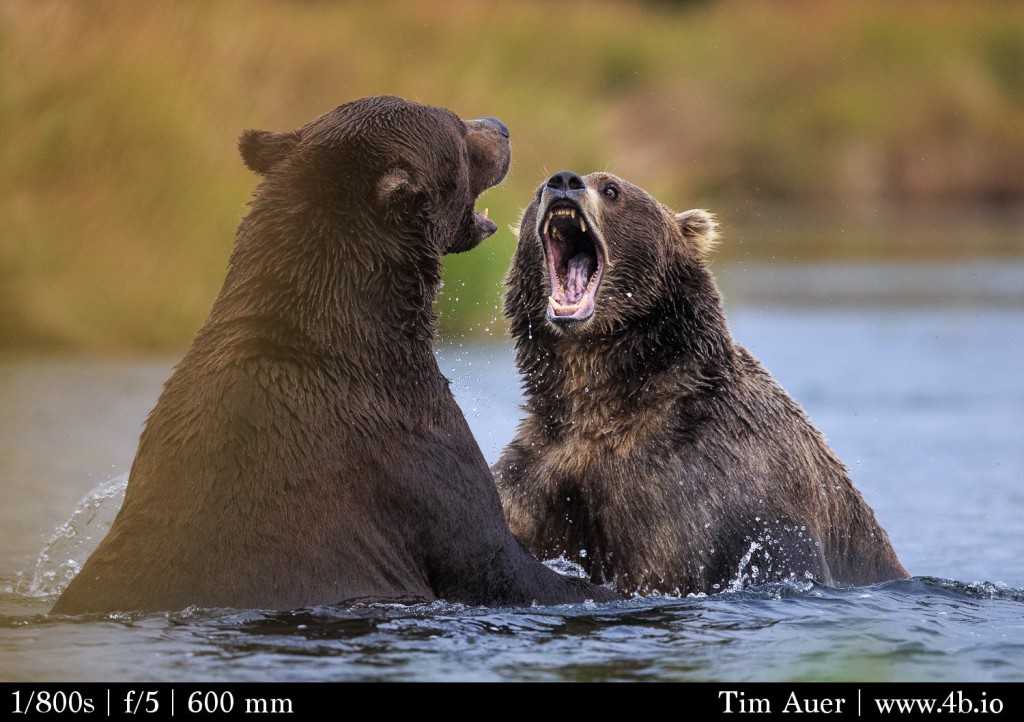 he midst of thousands of coastal brown bears.
he midst of thousands of coastal brown bears.
Over the entire season the preserve will host only around 200 people. Applicants may have less than a 4% chance of winning a permit. There is a limit of three people per application, and each group specifies their preferred date blocks, according to a schedule. If you do win a permit, you may not enter the lottery the following year, so I cannot apply in 2016. In January 2015, when I sent in my lottery application, I was not holding my breath that I would win. McNeil River is a big deal in Alaska and an even bigger deal in the world of wildlife viewing.
The Peninsula of Bears
On the Alaska Peninsula, McNeil River State Game Preserve shares a border with Katmai National Park (I have made 3 trips to Katmai over the last 2 years). Both parks boast high densities of brown bears. This is no coincidence, the two parks have been instrumental in the other’s success (Sellers, R., and Aumiller, L.). The wildlife conservation efforts of the Alaska Dept. Fish & Game and NPS are to be commended. 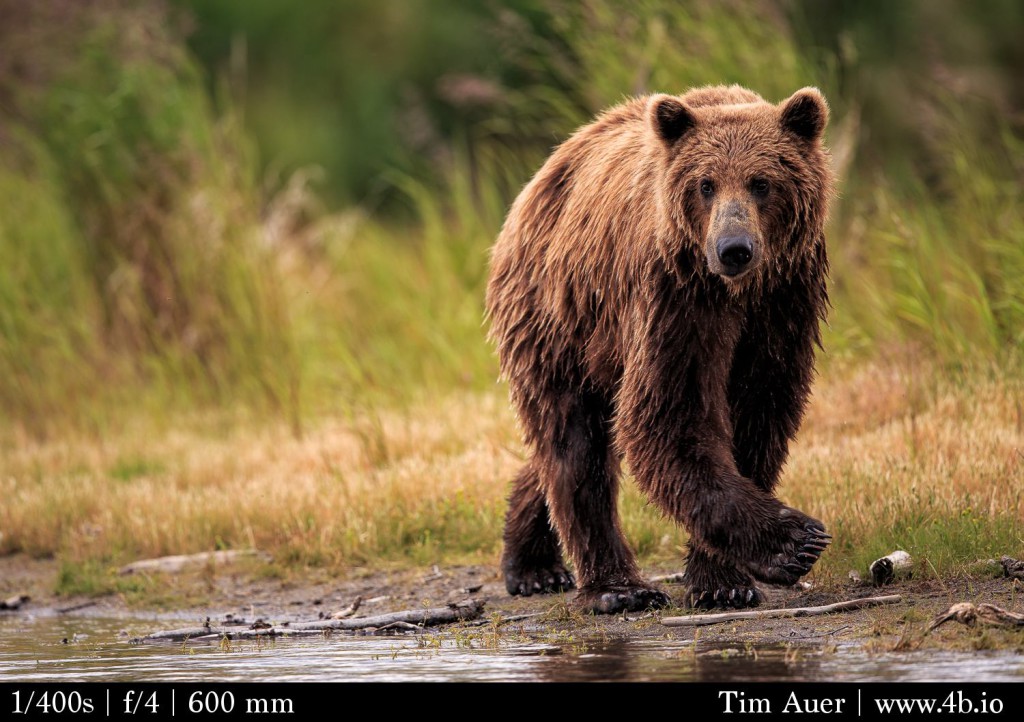
While I have not yet been to McNeil River; my knowledge is limited to the academic journals describing the region. Based on my research, it is fascinating how divergent the bear behavior can be between McNeil and Katmai. I am eager to explore this new region on the Alaska Peninsula, and document the behaviors of the brown bears that call it home.
More to come in next blog post (time permitting):
– Site Description – Food: sedges, chum, sockeye
– Bear Behavior
– Preparation
– Goals
– Post Trip Follow up
Literature Cited:
FARO, J.B., AND S.H. EIDE. 1974. Management of McNeil River State Game Sanctuary for nonconsumptive use of Alaskan brown bears. Proceedings of the Western Association of State Fish and Game Commissioners 54:113–118.
PEIRCE, J., et al. 2013. Interactions between brown bears and chum salmon at McNeil River, Alaska. Ursus Journal 24(1):42–53.
SELLERS, R.A., AND L.D. AUMILLER. 1993. Brown bear population characteristics at McNeil River, Alaska. International Conference on Bear Research and Management 9(1):283–293.
SCHEMPF, J.H., AND J. MEEHAN. 2008. McNeil River State Game Refuge and State Game Sanctuary management plan. Alaska Department of Fish and Game, Special Publication No. 08-01, Anchorage, Alaska, USA.
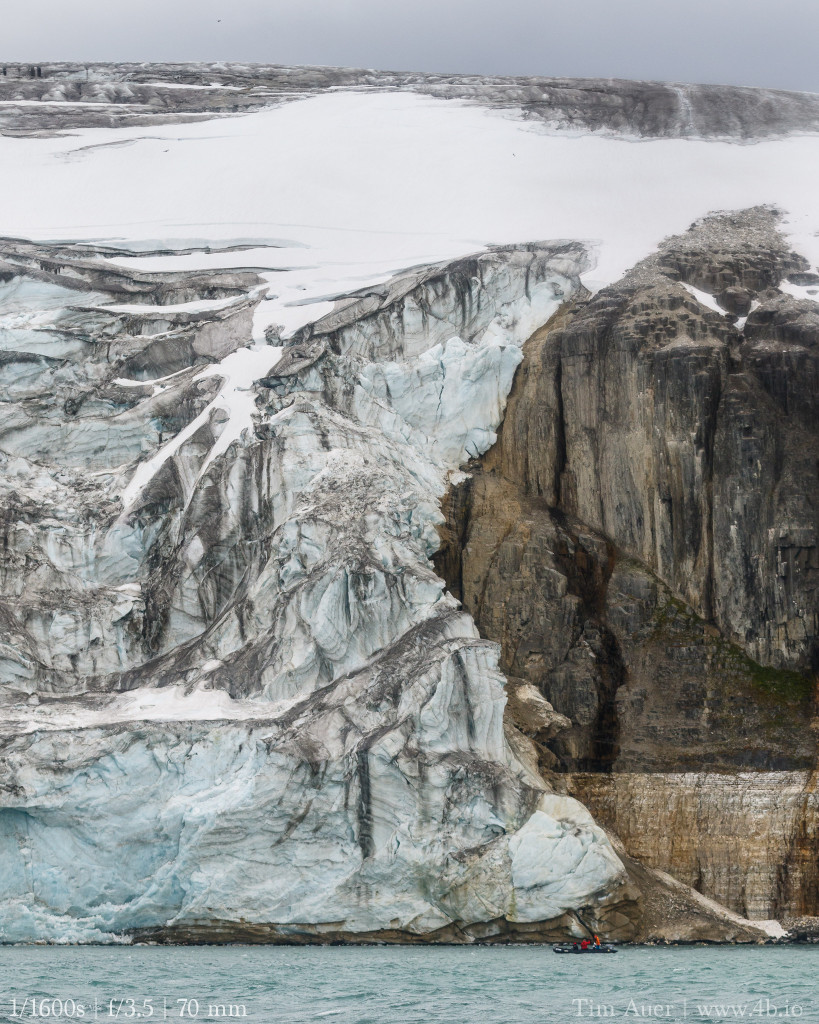
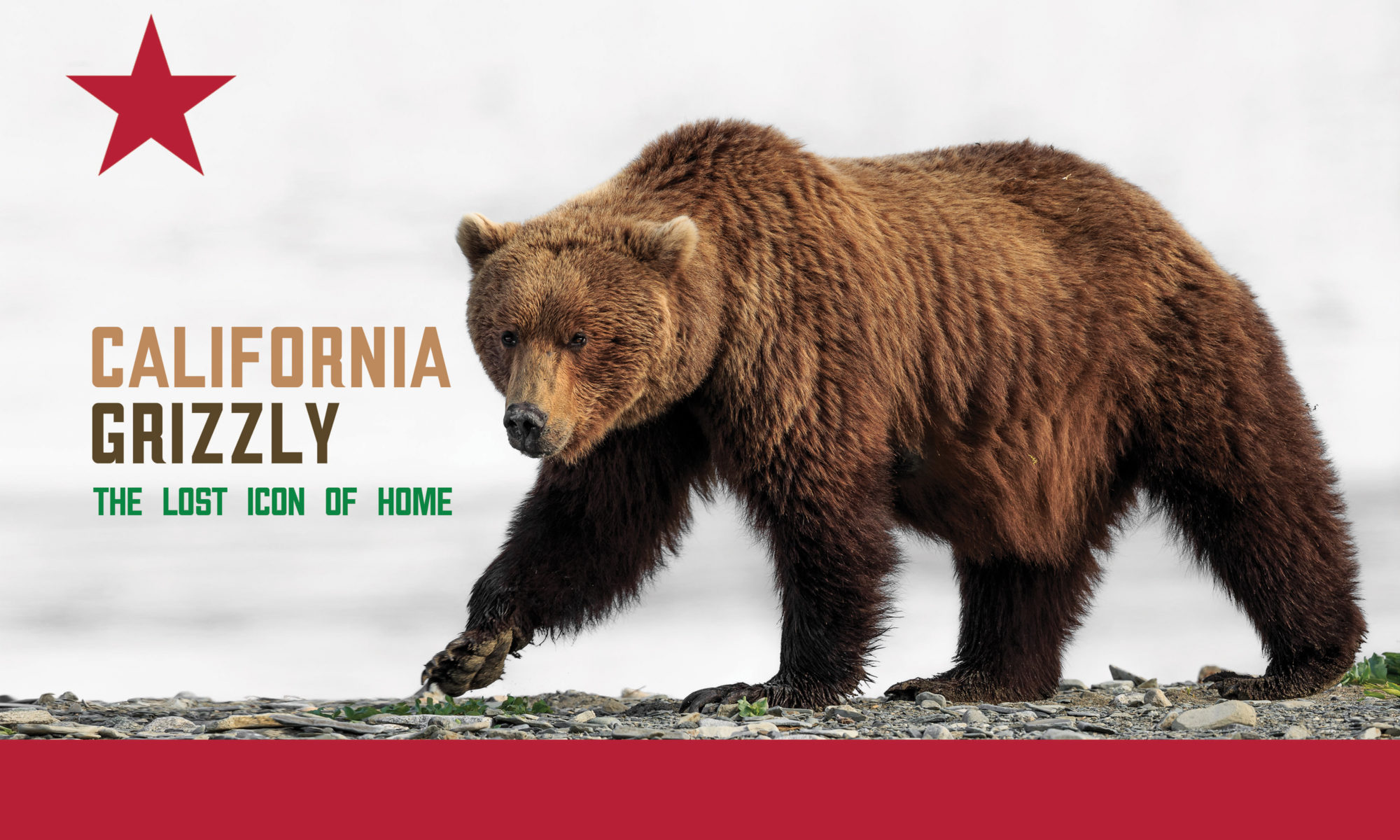
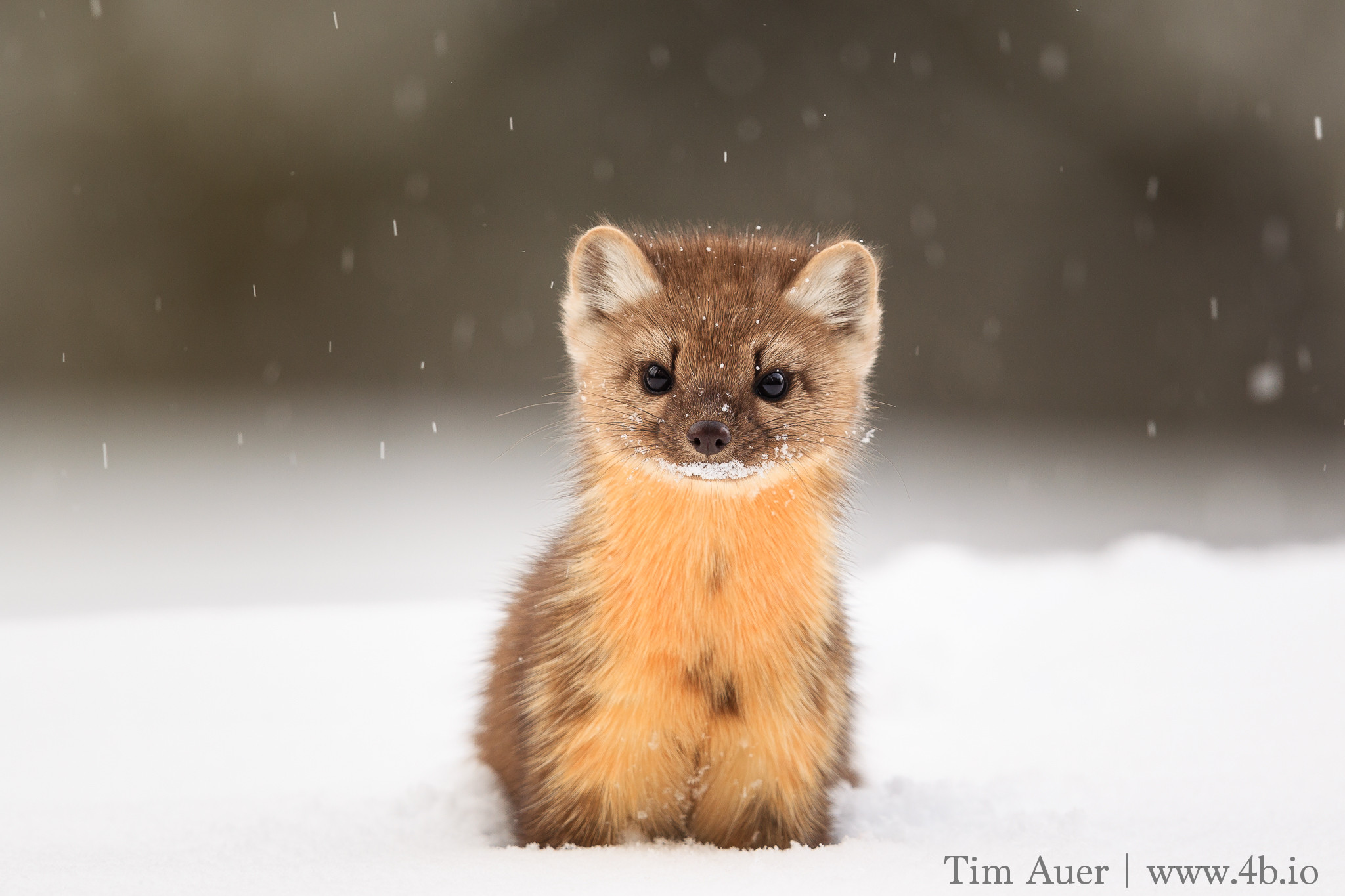
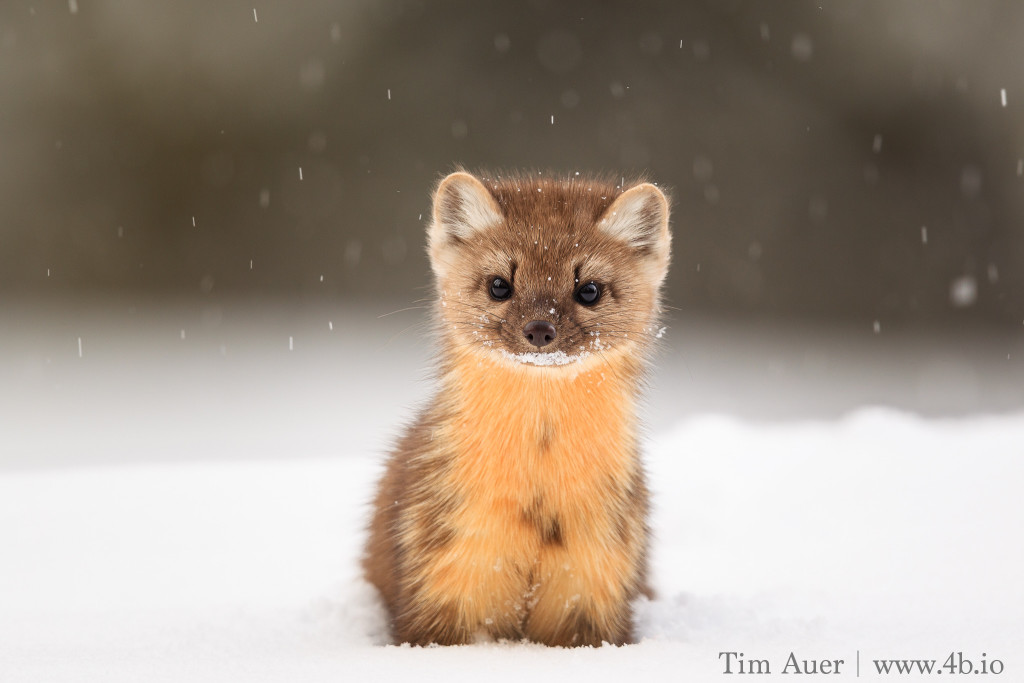
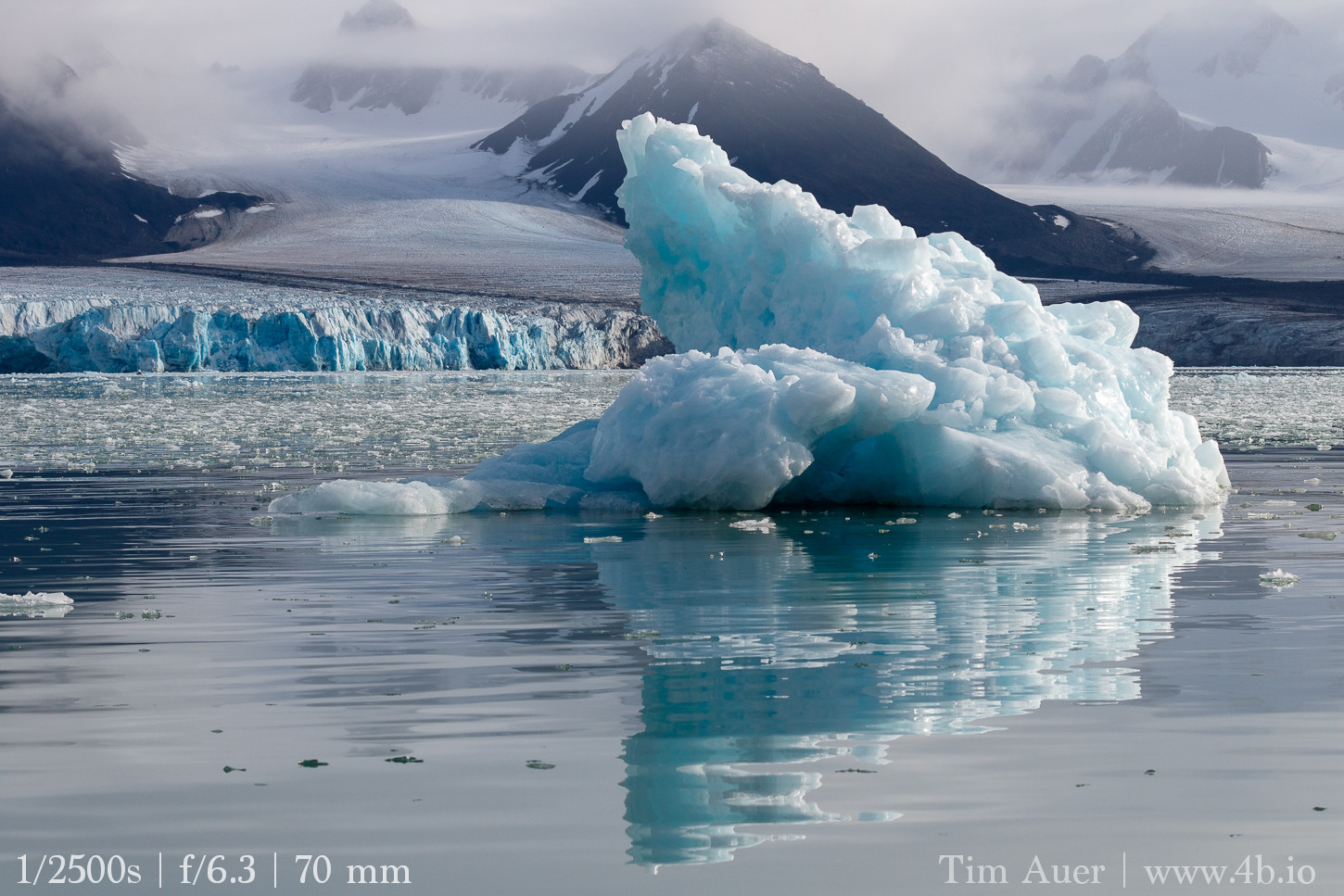
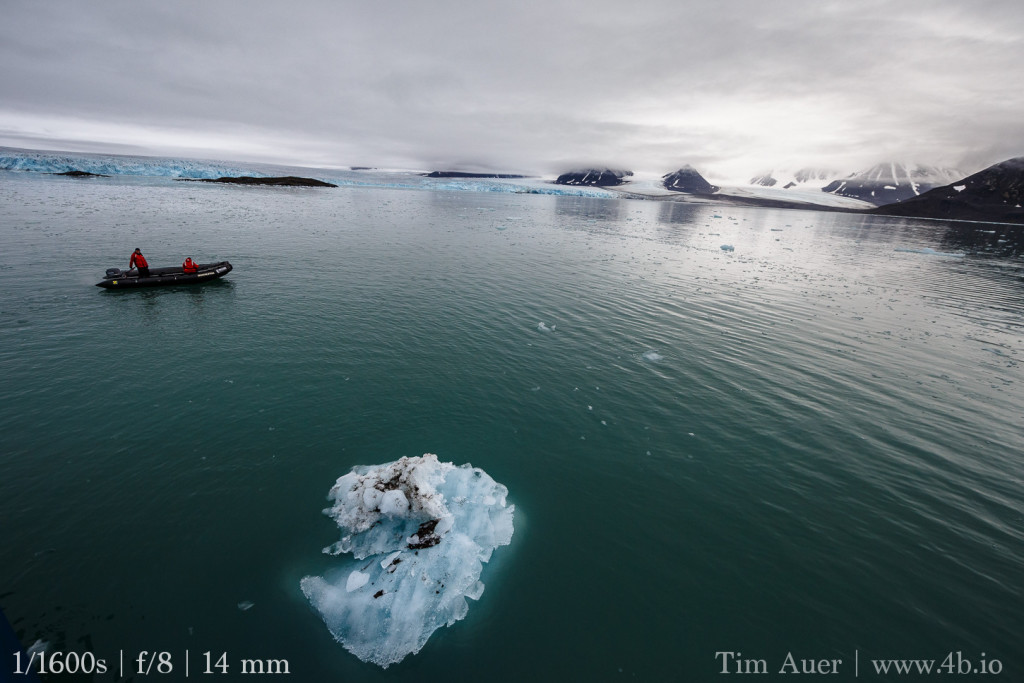
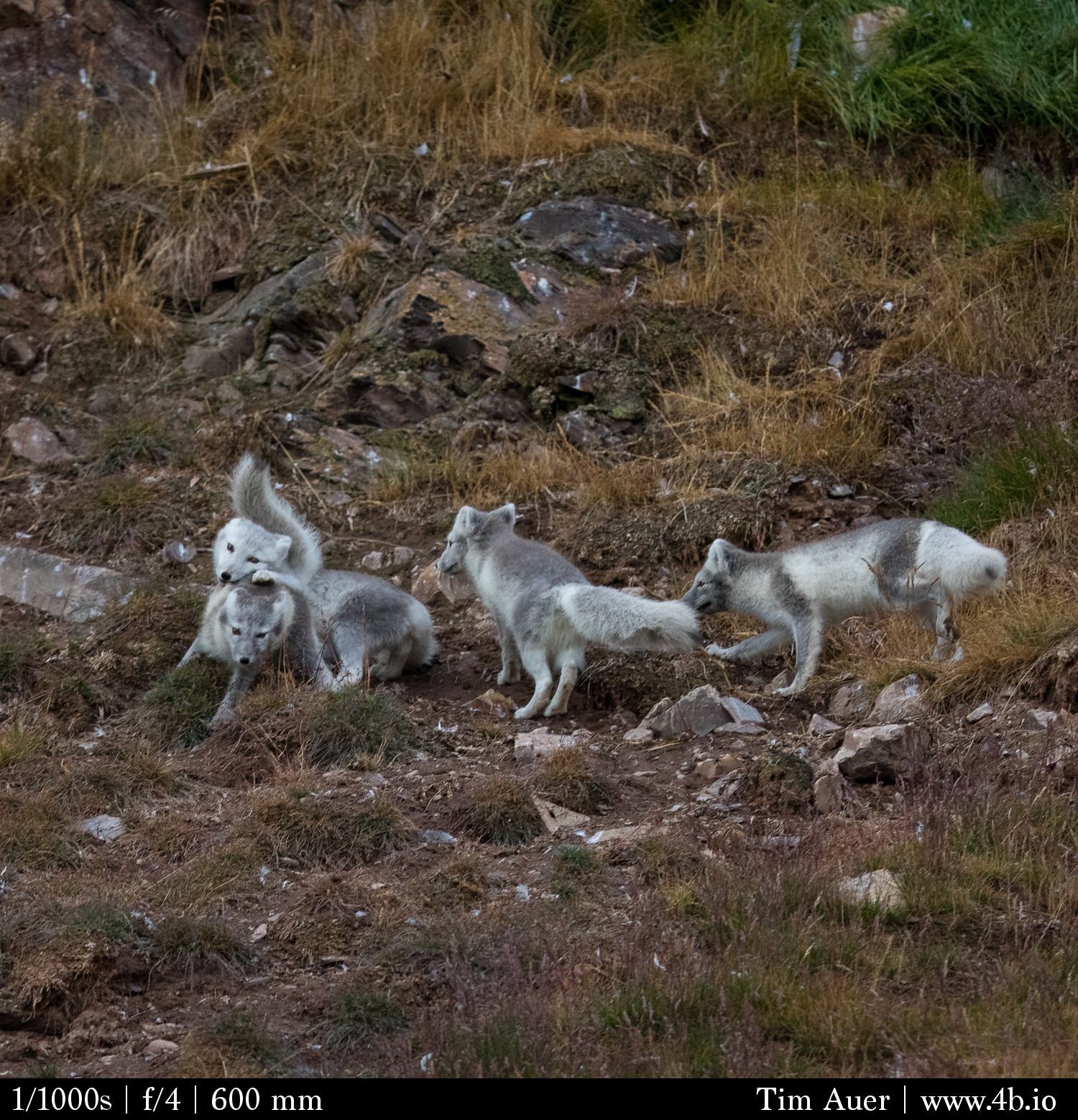
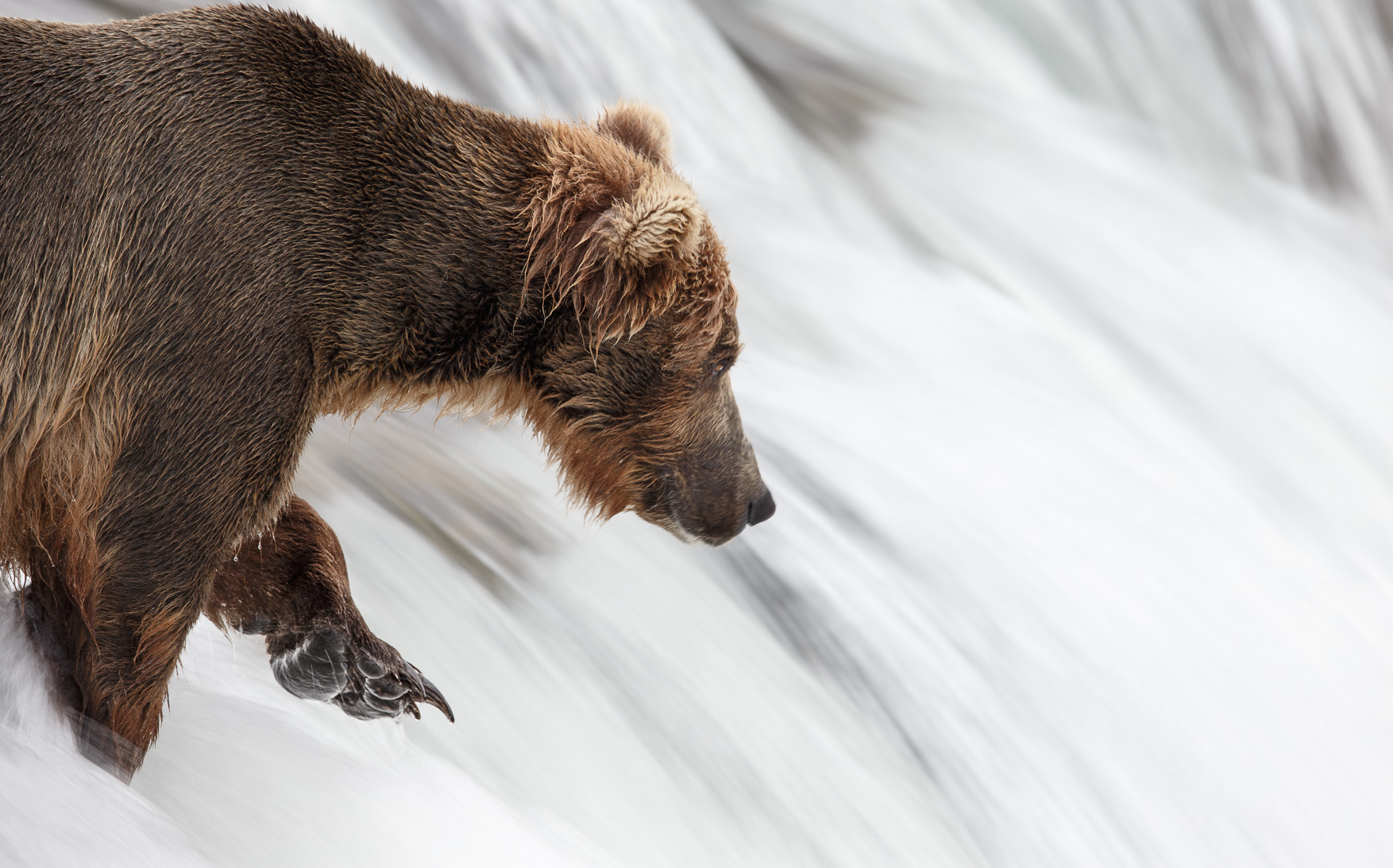
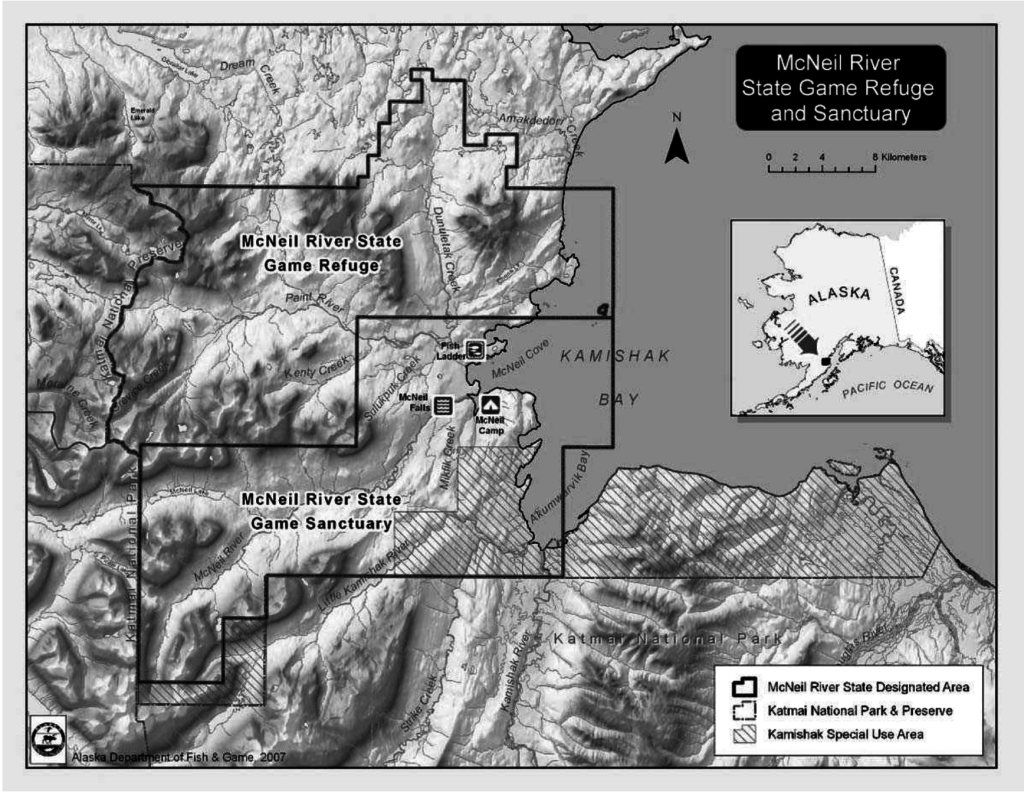
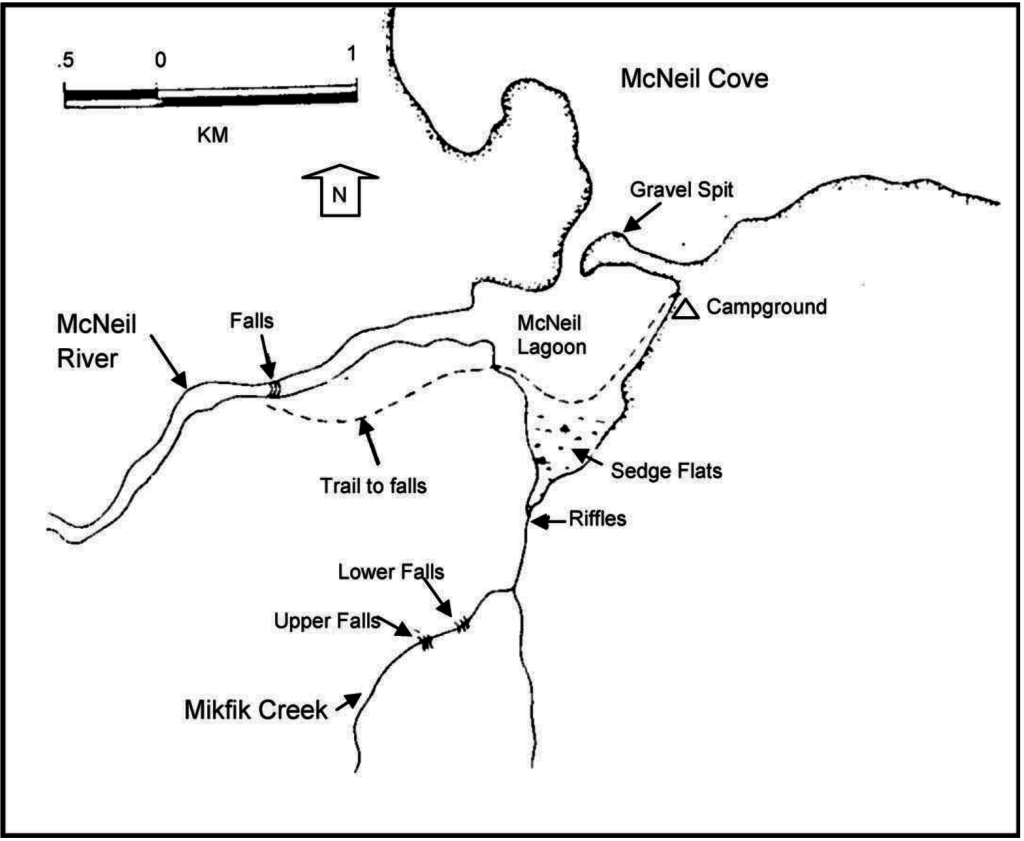
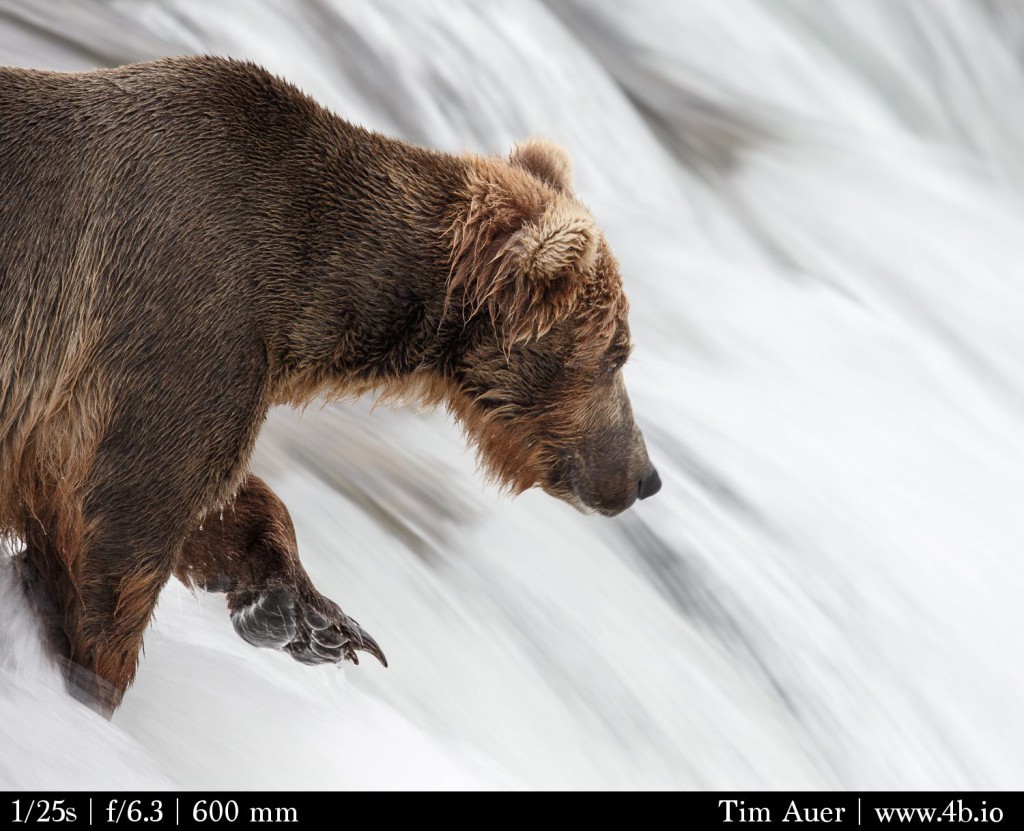
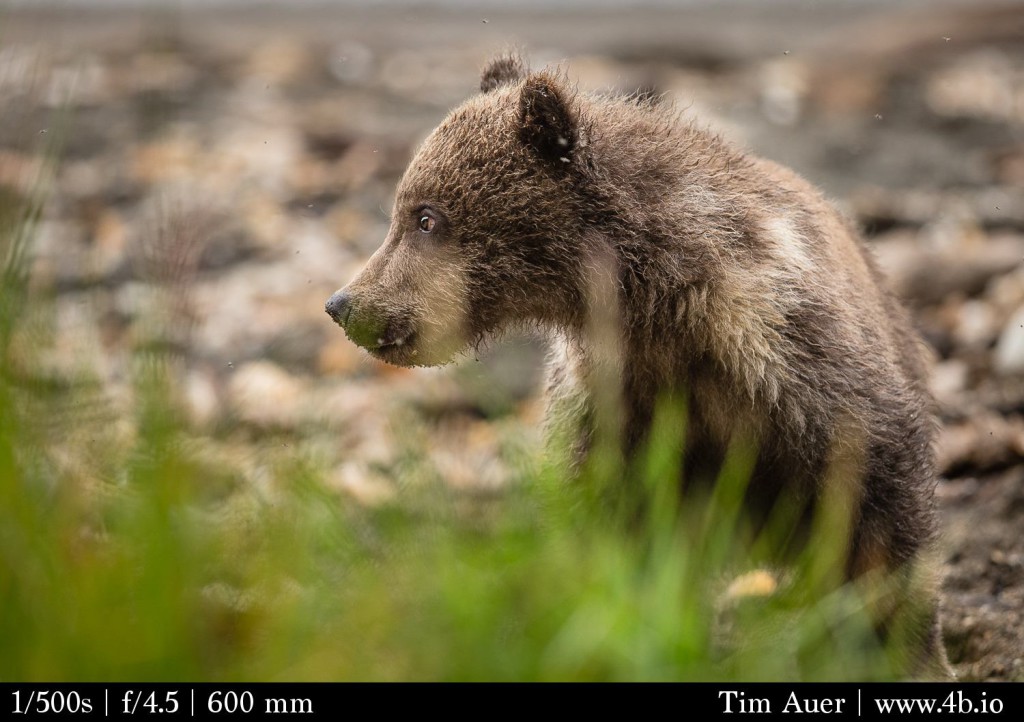
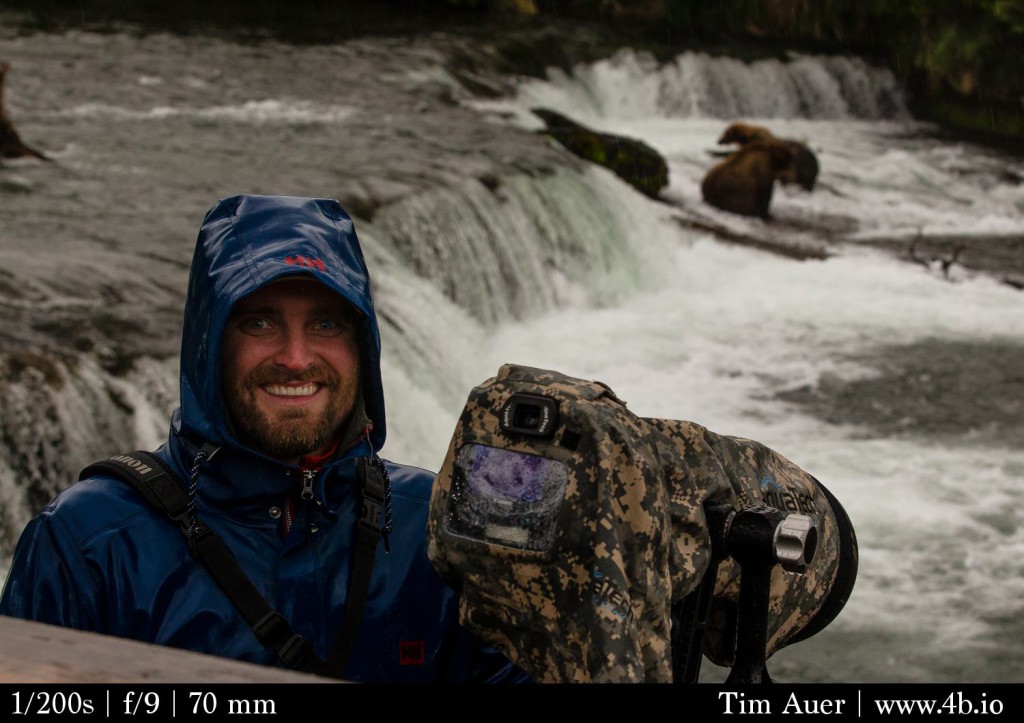
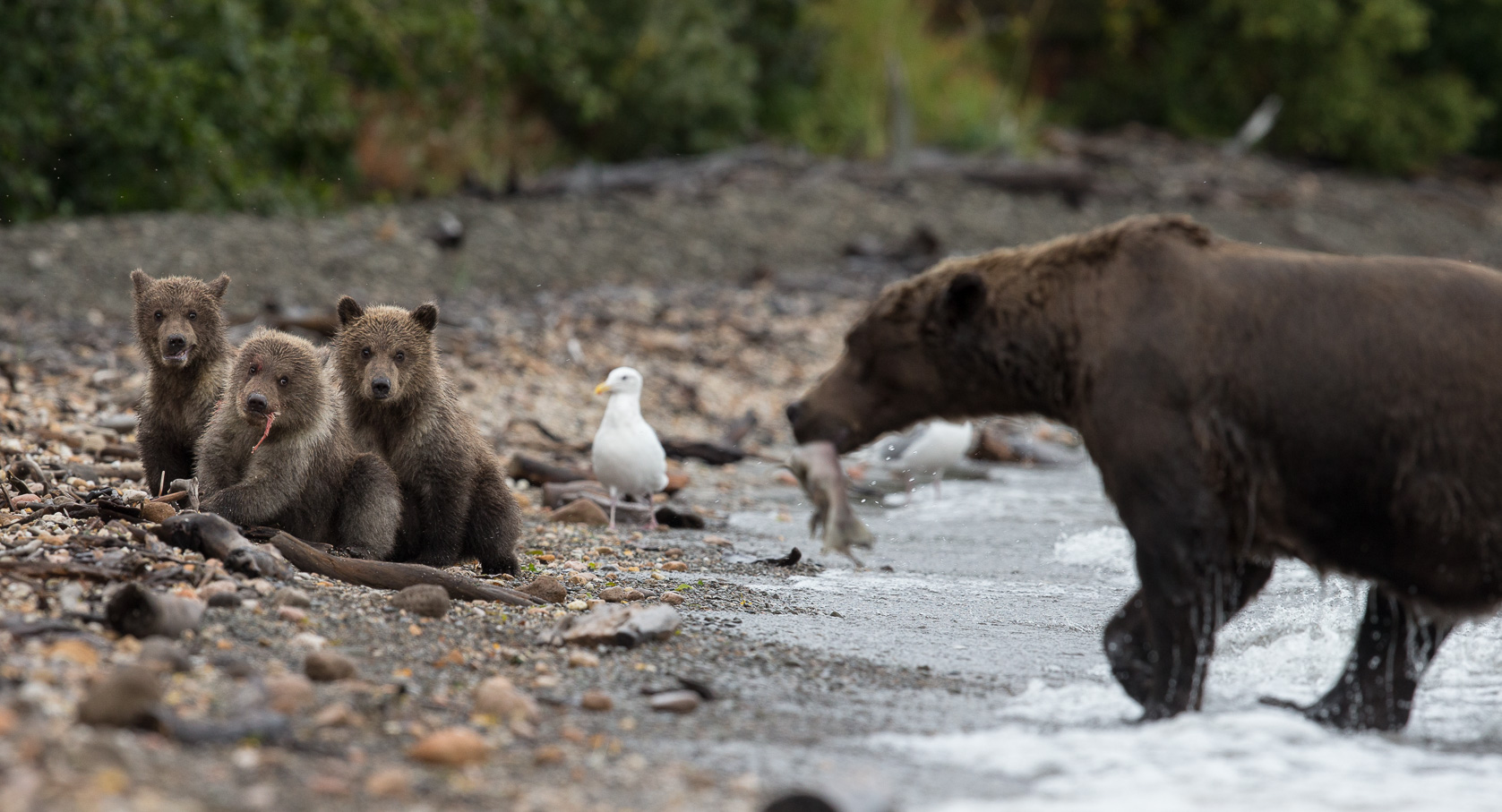

 he midst of thousands of coastal brown bears.
he midst of thousands of coastal brown bears.


